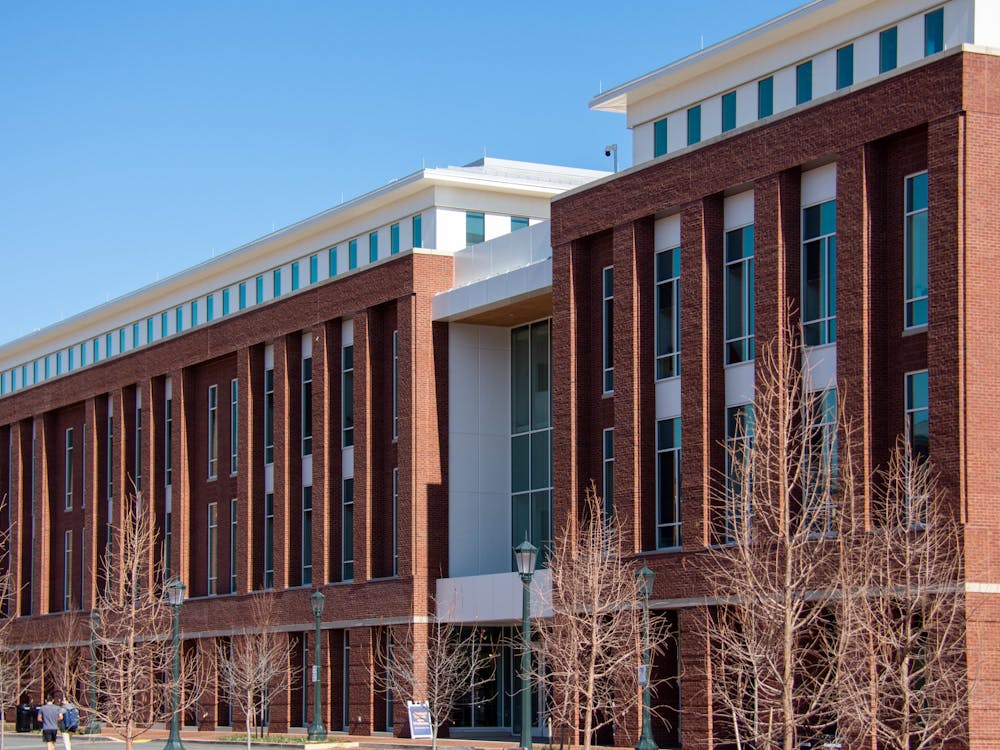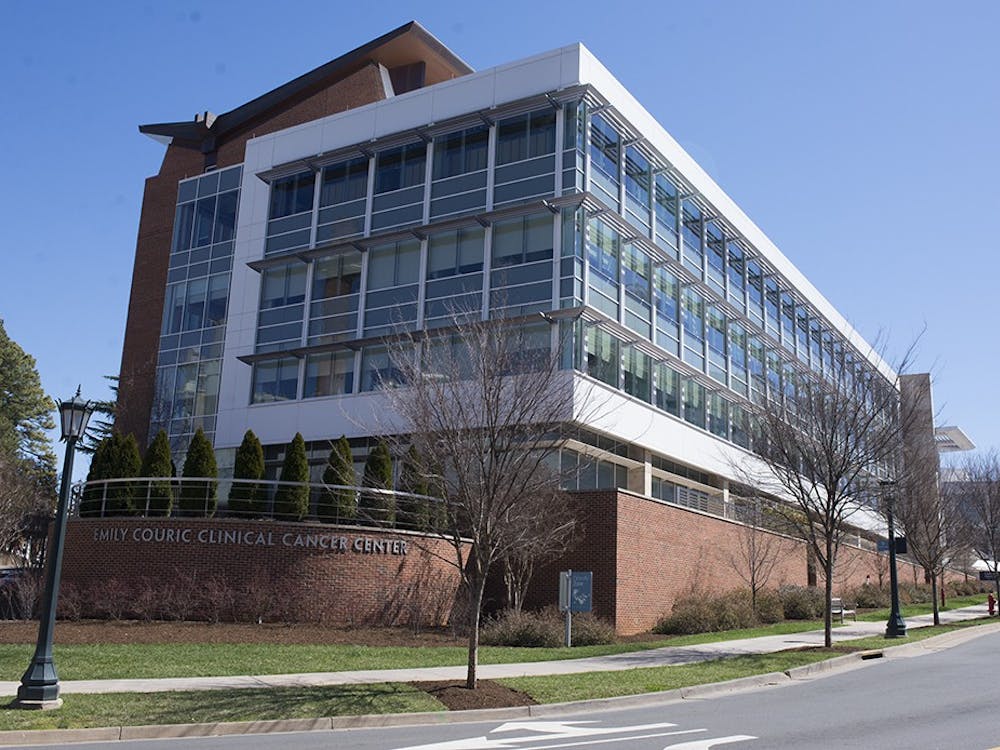With the advent of synthetic marijuana, University students may have a new party favor to watch out for.
This "fake pot" even was legal - that is, until Nov. 24 this year, when the U.S. Drug Enforcement Agency decided to ban the five drugs found in synthetic marijuana. The ban will take effect after a mandatory 30-day waiting period and will crack down on the synthetic drugs at least for one year.
But even though the drug was readily sold in head shops, gas stations and convenience stores, there does not seem to be a great amount of familiarity with it among the student population.
"I've heard of it, but I don't know much about it," fourth-year College student Luanda Pinto said.
College student Hussein Alshammari agreed, saying, "Yeah, I didn't know you were supposed to smoke it."
Although the drug may not have gained great popularity, it does have a following, along with a visible presence in the party scene.
As third-year College student Emily Pearce said, "I know the reason people are talking about it a lot right now is because it won't test positive on drug tests."
Synthetic marijuana is a product marketed as incense by brands such as K2 and Spice. It contains chemical compounds that mimic the effects that marijuana's main psychoactive substance, tetrahydrocannabinol - or THC - has on the body. This synthetic product, however, brings along its own share of concerns.
"The concern with these designer drugs is that they bind more readily to THC receptors in the body," said Susie Bruce, director of the Gordie Center for Alcohol and Substance Education. "Many fully activate the receptors, unlike natural THC. They've remained legal through a loophole in the drug laws."
The psychoactive compounds mimic some of marijuana's hundreds of poorly understood cannabinoids but do not contain THC's chemical signature. The most common compound that is found in synthetic marijuana is JWH-018, a substance created by John Huffman to research the function of subtypes of receptors for cannabinoids.
"We've seen three people in the emergency room this semester for it, but we've never seen anyone for it before," said Jamie Leonard, interim director of the Office of Health Promotion.
Bruce echoed this concern.
"The American Association of Poison Control Centers said that in the first half of 2010, they had 567 cases of adverse reactions to herbal incense," Bruce said. "For the entire year of 2009 there were 13 cases. This is a 4,000-percent increase."
The effects of synthetic marijuana's cannabinoids can be comparable in some instances, or sometimes even more severe, than the effects of the illegal THC.
"Some of the problems that people experience include tachycardia, high blood pressure, hallucinations and seizures," Bruce said.
Users also can experience some behavioral consequences.
"What we see tends to be students who are extremely anxious, severe vomiting and affected mental capacities," Leonard said. "We also see lack of orientation of day and time and [students who] cannot recognize their friends."
Although the DEA has levied a ban on the five dangerous drugs, manufacturers may find loopholes in the new legislation.
According to the Los Angeles Times, producers may already be changing their formulas to include chemicals not covered by the ban.
Nevertheless, experts continue to warn against the danger of using such drugs.
"You're basically playing Russian roulette with these chemicals," said DEA special agent Gary Boggs in an interview with ABC news. "Hallucination, increased heart rate, increased blood pressure ... These chemicals appear to bind to certain parts of the brain, so the potential for long-term effects are very deadly"






